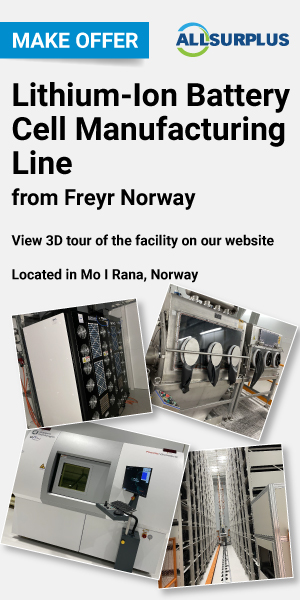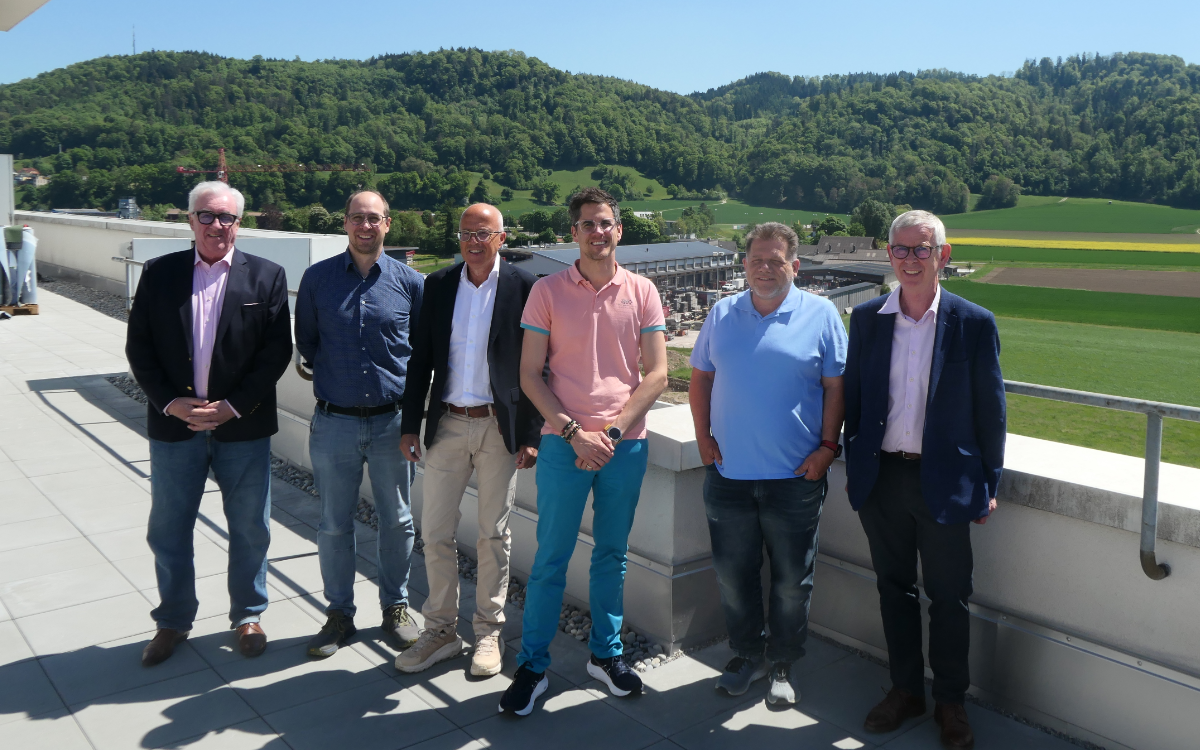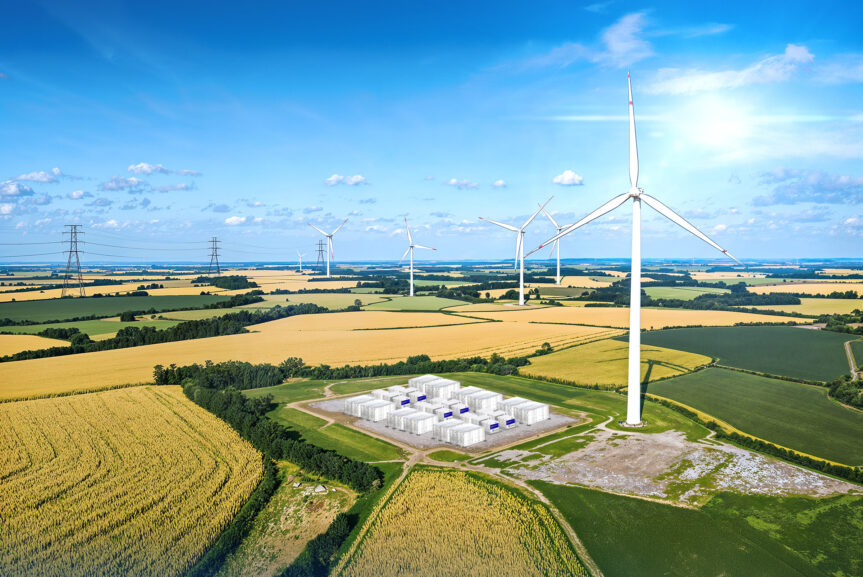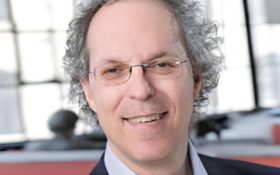It's a winner-takes-all business in supplying the auto market with advanced batteries— now we can see who will pick up the crumbs, writes Editor Gerry Woolf from this year's AABC meeting in Florida
This writer has come to the conclusion that 'commentary' such as you dear reader are taking on board now, is all about mood. And five days of a technical meeting like AABC are pretty demanding, in terms of learning, sharing information, networking with others, catching up with what's going on back at base and so on.
If the . . .
to continue reading this article...
Sign up to any Premium subscription to continue reading
To read this article, and get access to all the Premium content on bestmag.co.uk, sign up for a Premium subscription.
view subscription optionsAlready Subscribed? Log In












